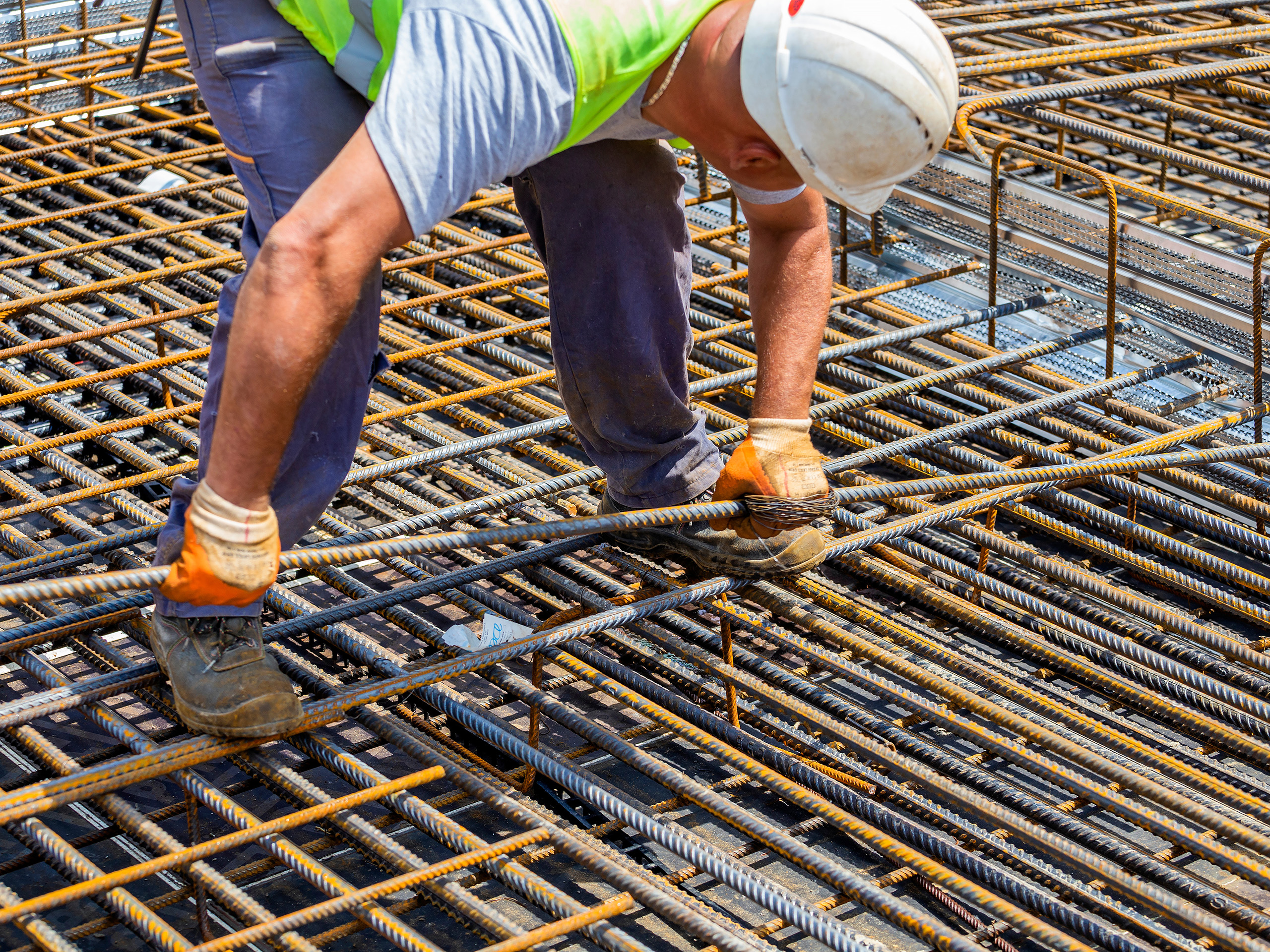Project contract documents for concrete reinforcing steel compliance during construction rely on criteria outlined in the CRSI (Concrete Reinforcing Steel Institute) “Manual of Standard Practice” and/or CRSI’s “Placing Reinforcing Bars.” These two documents are often adopted as the primary reference standards for rebar inspection, with special inspectors verifying compliance with both the contract documents and CRSI acceptance criteria. Additionally, ACI 301, “Specifications for Structural Concrete,” sets forth rebar compliance criteria and is frequently referenced in contract documents. ACI 301 also references CRSI standards and sets forth requirements for materials, fabrication, placement, and tolerances for reinforcing steel.
The IBC (International Building Code) requires, in Chapter 17 – Table 1705.3, that special inspections be performed in accordance with ACI 318 (Concrete Code). It also references Chapter 20 of ACI 318, “Building Code Requirements for Structural Concrete,” as well as portions of Chapters 25 and 26. ACI 318 focuses on the overall structural integrity and safety of the concrete structure but leaves the salient details of rebar placement and inspection to CRSI.
Here is why architects, engineers, contractors, rebar placement workers, and special inspectors should be familiar with CRSI:
- Registered Design Professionals use CRSI standards for detailed reinforced steel design and detailing
- Fabricators use CRSI for fabricating rebar, including bending, cutting, and welding
- Concrete placement contractors use CRSI standards for placing reinforcing steel in the concrete structure, including spacing, cover, and supports
- Inspectors must invoke CRSI standards to verify compliance with contract documents
Concrete Reinforcing Steel Institute (CRSI) CRSI books and standards present the best-accepted current practices in placing concrete reinforcing bars, bar supports, and welded reinforcement. They are written primarily for those actually engaged in placing rebar. The books and standards also serve as guides to the field special inspector in judging workmanship, verifying compliance with contract documents, and making field adjustments.
_________
Trouble Deciphering the Code? Call the Experts at F&R!
Contact Alan S. Tuck, Director of Code Compliance & Training, Author of Speaking in Code
T 540.344.7939 | M 540.798.4440 | [email protected]
For a complete picture of the Code and how it relates to Special Inspections, F&R would love to provide a virtual AIA-accredited Lunch & Learn presentation to the professionals at your firm.






